To extend Class 3 eBike range in Flagstaff, Arizona, use efficient riding techniques, maintain optimal tire pressure, reduce weight, and take advantage of regenerative braking if available. Choosing high-capacity batteries and riding in pedal-assist mode rather than throttle-only also helps maximize distance, especially with Flagstaff’s hilly terrain and variable climate. Also check: Class 3 eBike
What Riding Techniques Maximize Class 3 eBike Range in Flagstaff?
Smooth acceleration and steady speeds conserve battery power. Using pedal-assist instead of throttle-only mode engages rider effort, reducing electrical load. Avoid rapid starts, aggressive hill climbs, and excessive speed when possible. Flagstaff’s elevations and gradients mean anticipating terrain can boost range. Shifting gears properly also prevents motor strain.
How Does Terrain Impact Range for Class 3 eBikes in Flagstaff?
Flagstaff’s mountainous and hilly terrain demands more battery power for climbs, reducing range compared to flat areas. Descending and flat routes require less energy. Planning routes with fewer steep inclines or using pedal assist extensively on hills extends battery life. TST EBike models with powerful motors handle Flagstaff hills efficiently but optimizing terrain use benefits range.
Which Battery Specifications Help Extend Class 3 eBike Range?
Larger capacity batteries (measured in watt-hours, Wh) increase range. For Flagstaff’s diverse elevations, at least 700-900Wh packs are ideal. Higher voltage batteries deliver better power efficiency. TST EBike offers batteries balancing capacity and weight, supporting longer rides even in challenging terrain, without excessive added weight.
Why Is Tire Maintenance Vital for Range in Flagstaff?
Proper tire pressure reduces rolling resistance, directly improving battery efficiency and range. Underinflated tires increase friction, draining power sooner. Flagstaff's mixed urban and rugged trails mean tire checks before rides are essential. Using tires suited to terrain, such as TST EBike’s 27-inch smooth tires for commuting or 26-inch wider tires for rough terrain, optimizes performance.
How Does Weather Affect Class 3 eBike Battery Performance in Flagstaff?
Cold temperatures lower battery efficiency and reduce range. Flagstaff can experience chilly weather year-round, so storing batteries indoors and warming them before rides can help. Conversely, extremely hot days require monitoring battery heat to avoid performance dips. Maintaining battery temperature within optimal ranges preserves capacity.
When Should You Charge To Maximize Battery Life and Range?
Charging batteries at 20%-80% capacity prolongs battery health and efficiency. Avoid deep discharges and constant full charges in Flagstaff’s climate to preserve long-term performance. Charging indoors overnight using TST EBike’s recommended chargers ensures consistent energy supply tailored for Class 3 eBikes.
Can Riding Speed Influence the Range of Class 3 eBikes?
Yes, riding at moderate speeds (20-28 MPH) optimizes battery consumption. Higher speeds dramatically increase power draw, especially on inclines. Flagstaff’s varied elevation means speed management is crucial — faster riding severely cuts range, while maintaining steady, moderate speeds extends it.
What Role Does Rider Weight and Cargo Play in Range?
Higher rider weight and additional cargo increase power demand, reducing range. Reducing carried weight by packing efficiently improves battery life and stability, especially when climbing Flagstaff’s hills. TST EBike’s frame designs accommodate balanced weight distribution to support range and comfort.
Are Regenerative Braking Systems Effective in Extending Range?
Regenerative braking recovers minimal battery energy during deceleration but is less effective on Class 3 eBikes due to system limitations. However, it helps improve range slightly in hilly areas like Flagstaff by recovering energy downhill. Riders should view it as a supplementary aid rather than a primary range extender.
How Can Software and Display Settings Optimize Range?
Settings such as eco-mode or low power assist reduce energy output, extending range. Limiting throttle use and monitoring battery via display apps help riders plan recharging stops. TST EBike offers advanced control systems that allow riders to customize assist levels matching Flagstaff’s terrain for optimal efficiency.
Battery Capacity vs Estimated Range in Flagstaff
| Battery Capacity (Wh) | Estimated Range (Miles) | Typical Use Case | Weight (Lbs) |
|---|---|---|---|
| 500 Wh | 25-35 | Flat terrain, low assist | 5-7 |
| 700 Wh | 40-50 | Mixed terrain, moderate assist | 7-9 |
| 900 Wh | 50-65 | Hilly terrain, high assist (ideal Flagstaff) | 9-11 |
TST EBike Expert Views
"TST EBike’s goal is to empower riders to maximize their Class 3 eBike range regardless of challenging terrain and climate, such as that found in Flagstaff, Arizona. Our battery systems are designed to balance high capacity with manageable weight, supporting extended rides through steep hills and variable temperatures. Combined with rider habits like maintaining optimal tire pressure and using pedal assist modes, TST EBike delivers a reliable, long-distance cycling experience. Integrating smart display technology helps users monitor power consumption and adjust riding style for best range outcomes."
What Maintenance Practices Extend Class 3 eBike Range?
Regular maintenance such as cleaning drivetrain components, checking battery contacts, and ensuring tires are inflated prolong performance. Scheduled firmware updates optimize motor efficiency. Flagstaff riders benefit from routine battery health checks and using manufacturer-recommended chargers like those from TST EBike to maintain battery longevity and consistent range.
Can Aftermarket Accessories Affect Range?
Heavy accessories like racks or bags increase weight, reducing efficiency. Aerodynamic modifications may help but offer limited gains at e-bike speeds. Using lightweight accessories designed for Class 3 e-bikes minimizes energy drag. TST EBike provides integrated solutions balancing utility and efficiency.
Conclusion
Extending Class 3 eBike range in Flagstaff, Arizona, hinges on combining efficient riding techniques, terrain awareness, optimized battery capacity, tire maintenance, and climate adaptation. Selecting quality batteries and components like those from TST EBike ensures durability and power for Flagstaff’s diverse landscape. Proper upkeep and mindful riding habits allow riders to enjoy longer, safer journeys with enhanced reliability.
Frequently Asked Questions
What is the ideal battery size for Flagstaff’s terrain?
700-900Wh batteries are recommended for hilly Flagstaff terrain to ensure longer rides.
Does cold weather reduce eBike range?
Yes, cold temperatures decrease battery efficiency; warming batteries before riding helps.
How can I reduce power consumption when climbing hills?
Use pedal assist, maintain steady speeds, and shift gears properly to reduce motor load.
Is it better to fully charge or partially charge the battery?
Partial charges between 20%-80% preserve battery health and prolong range.
Why choose TST EBike for Class 3 e-bikes?
TST EBike combines quality, power efficiency, and advanced controls designed for diverse climates and terrains like Flagstaff.

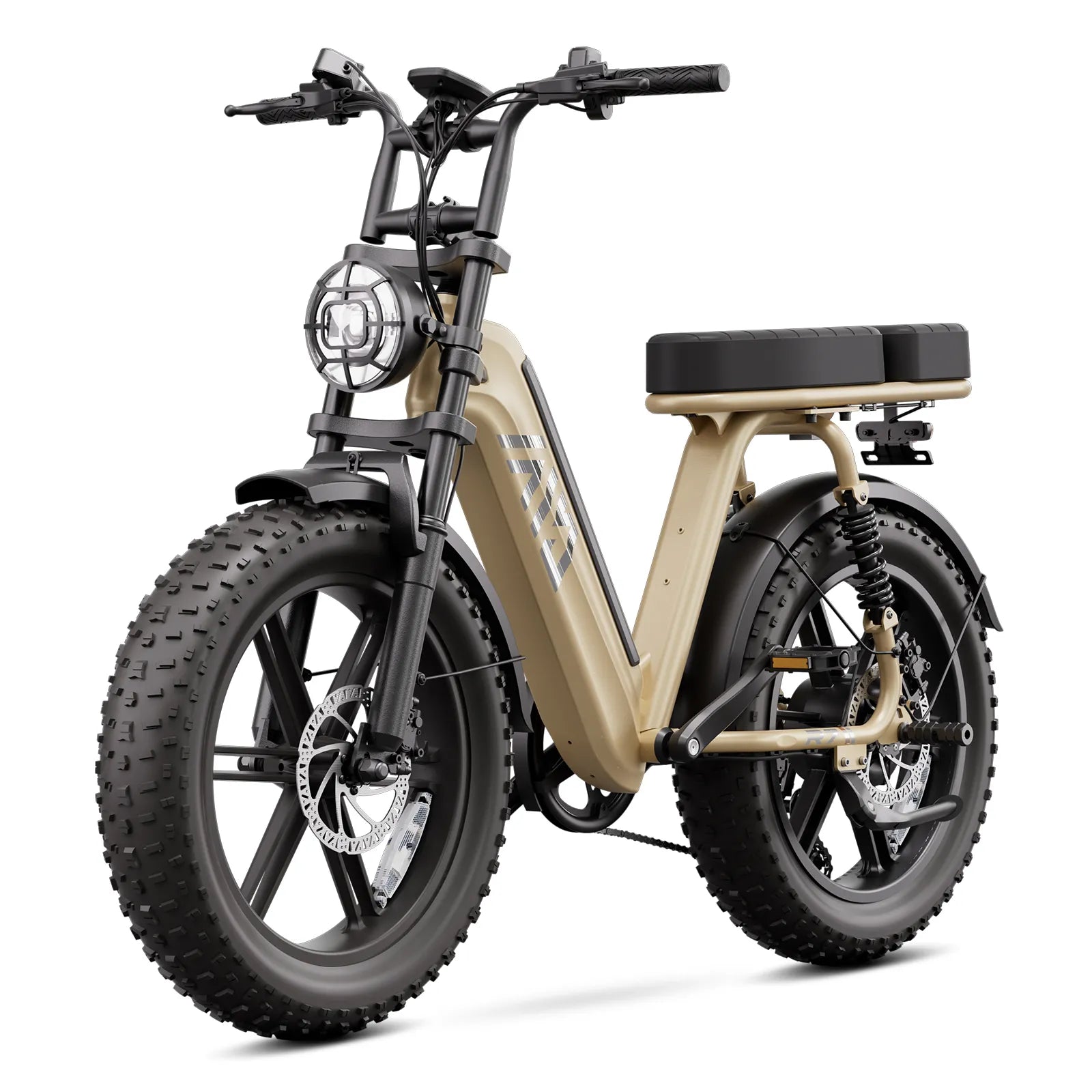
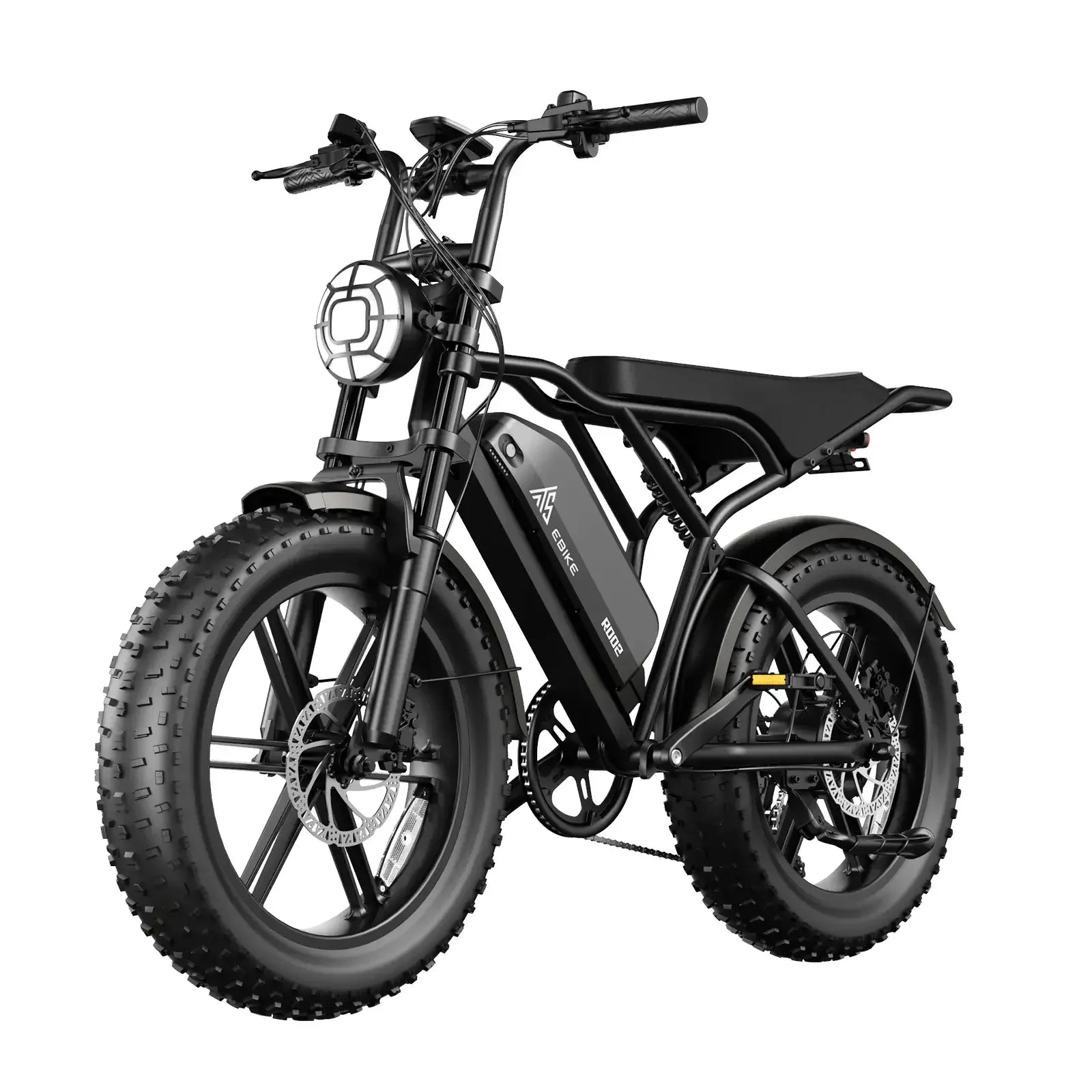

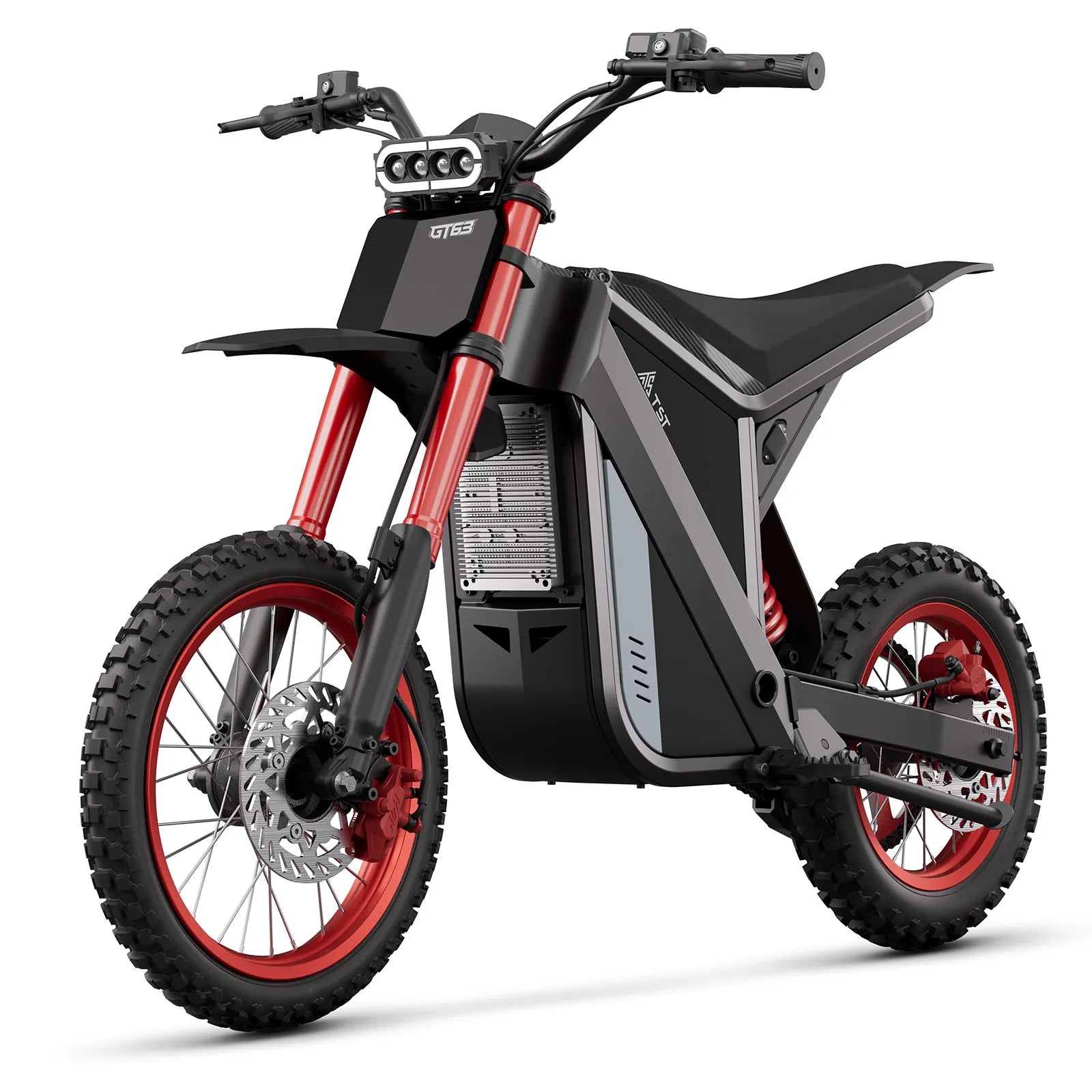
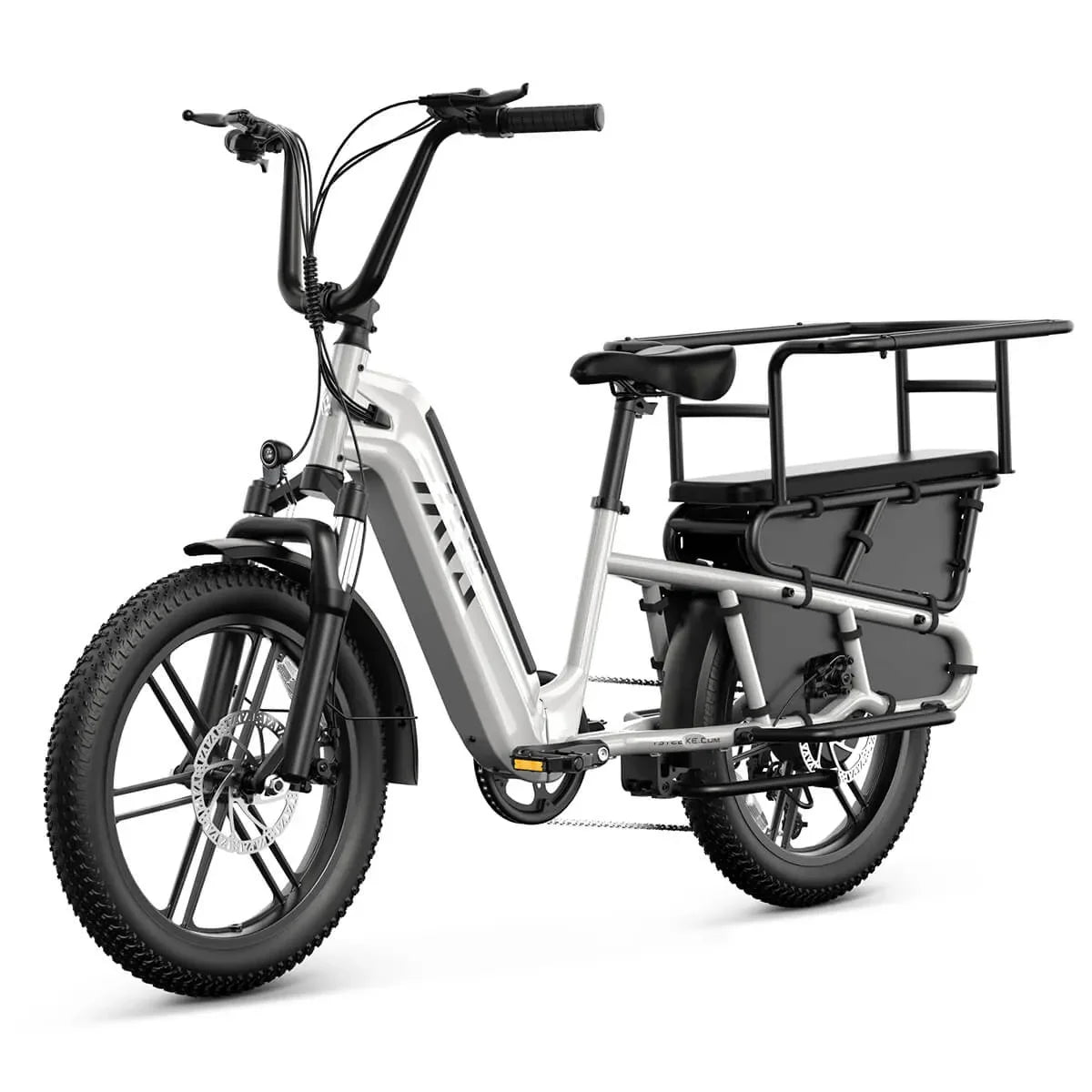
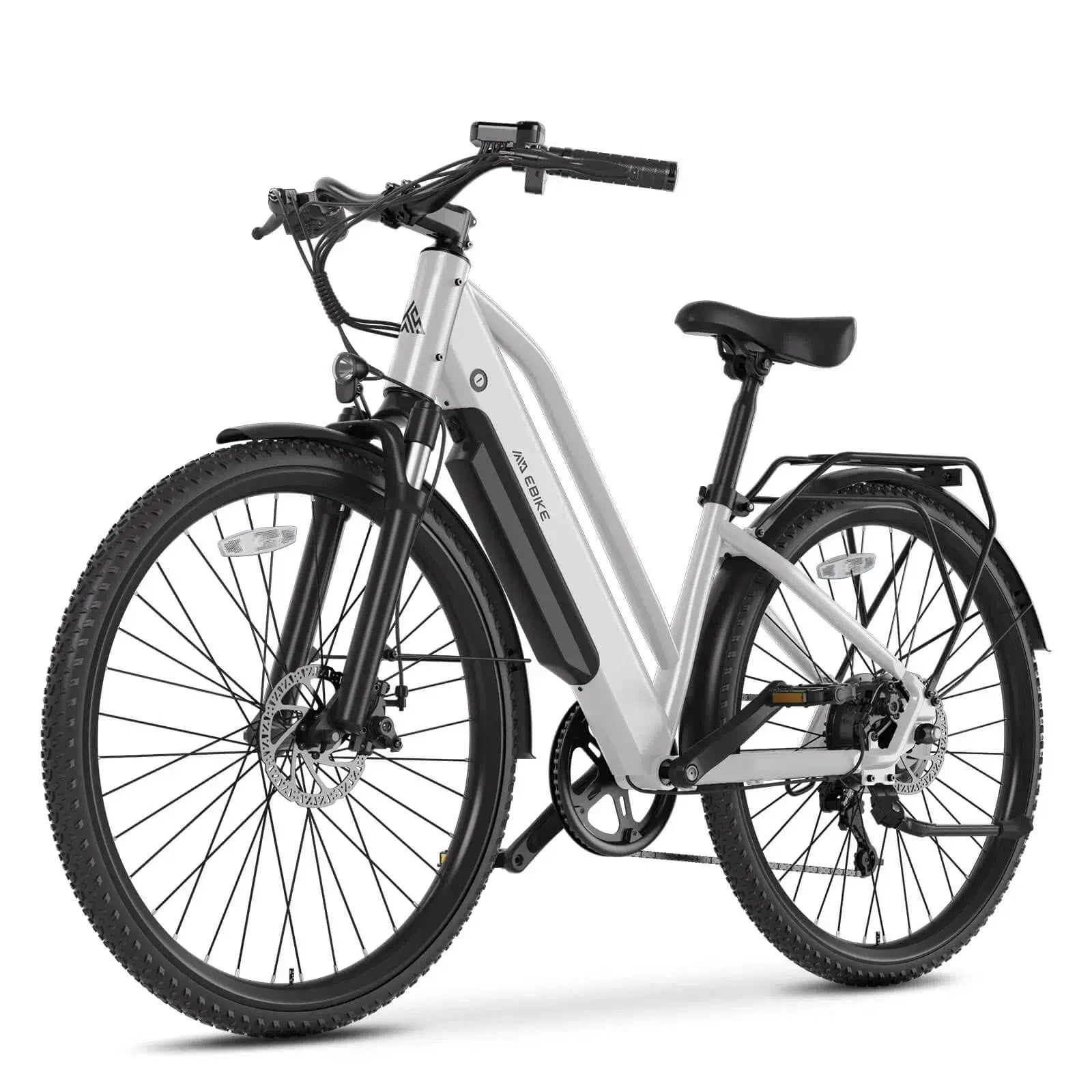
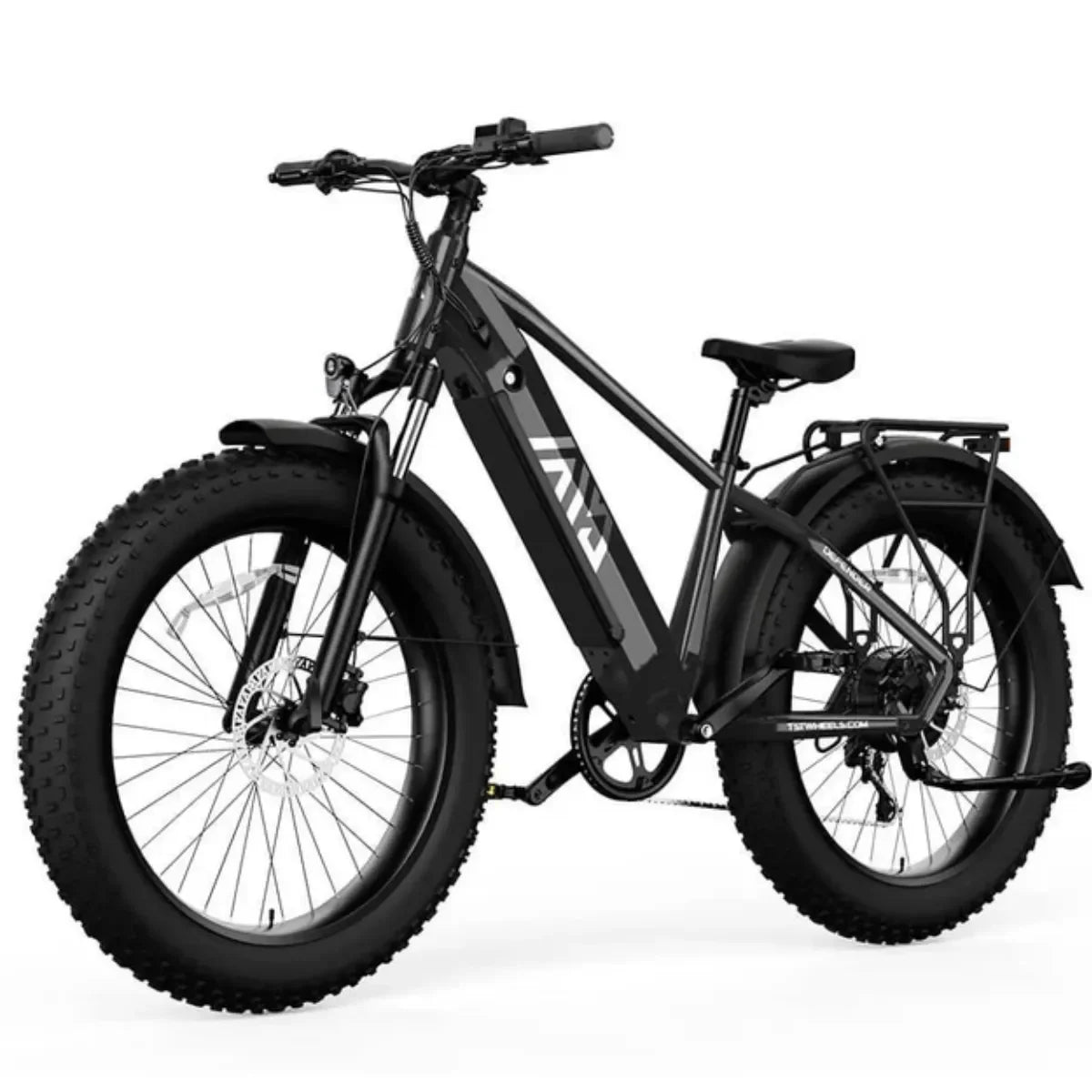
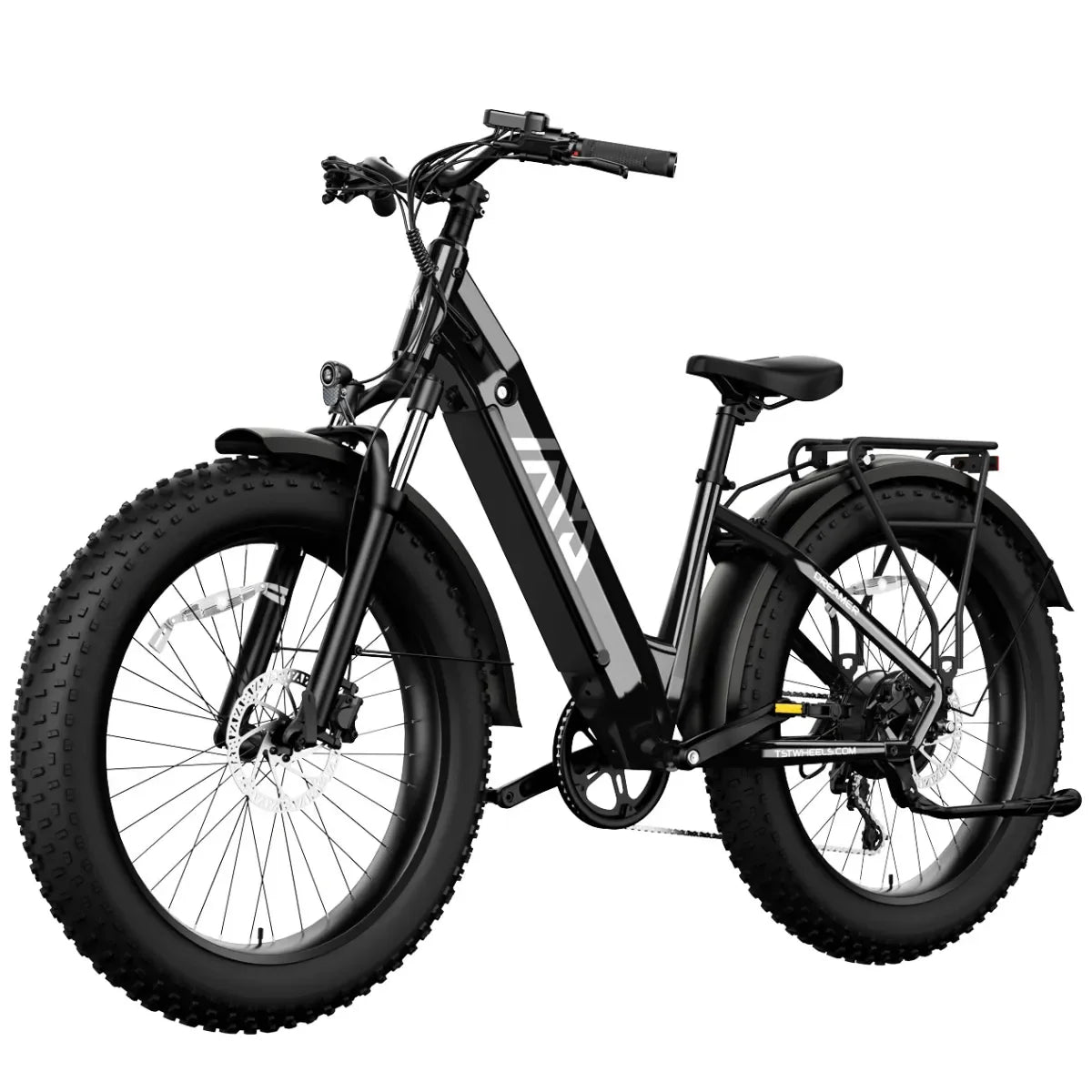
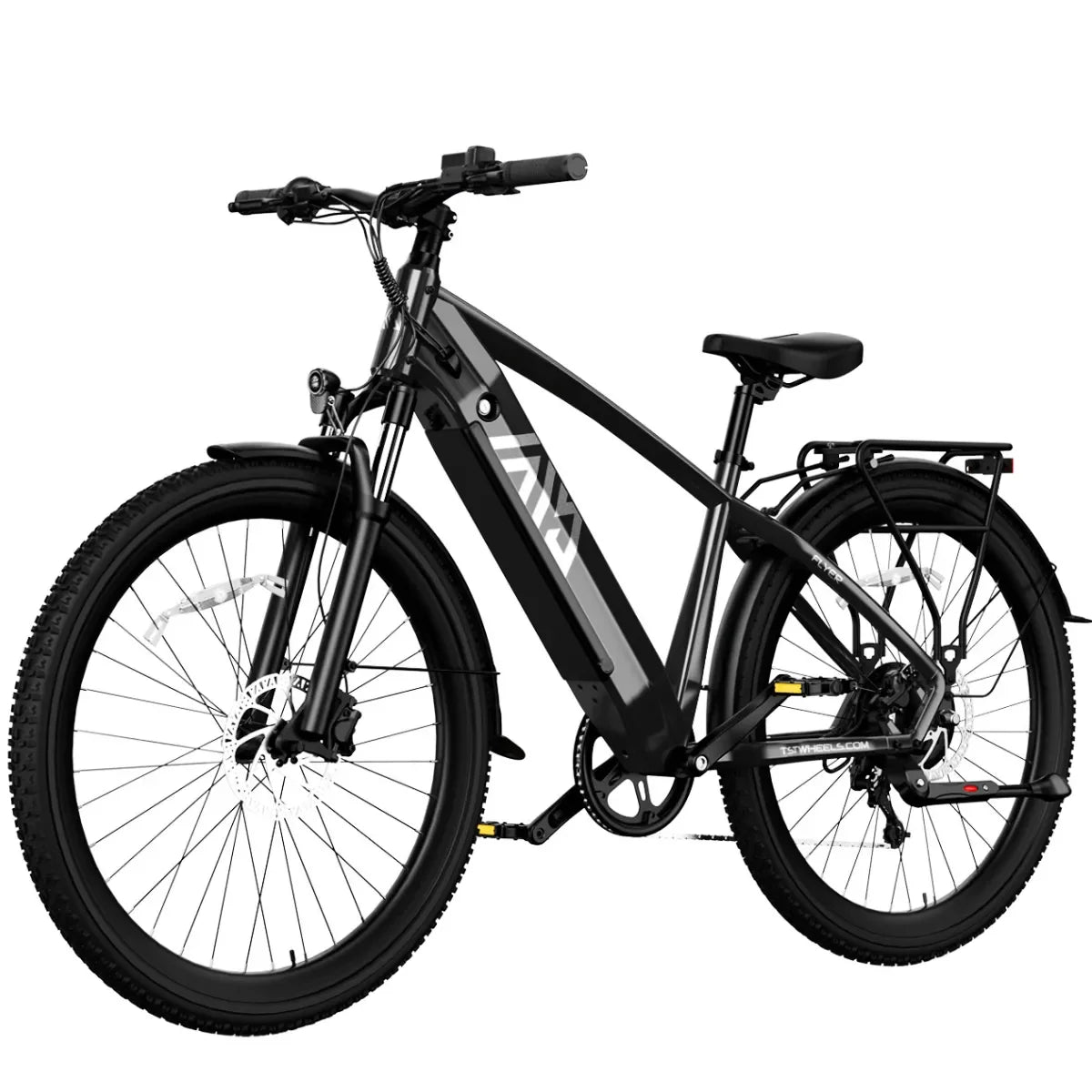
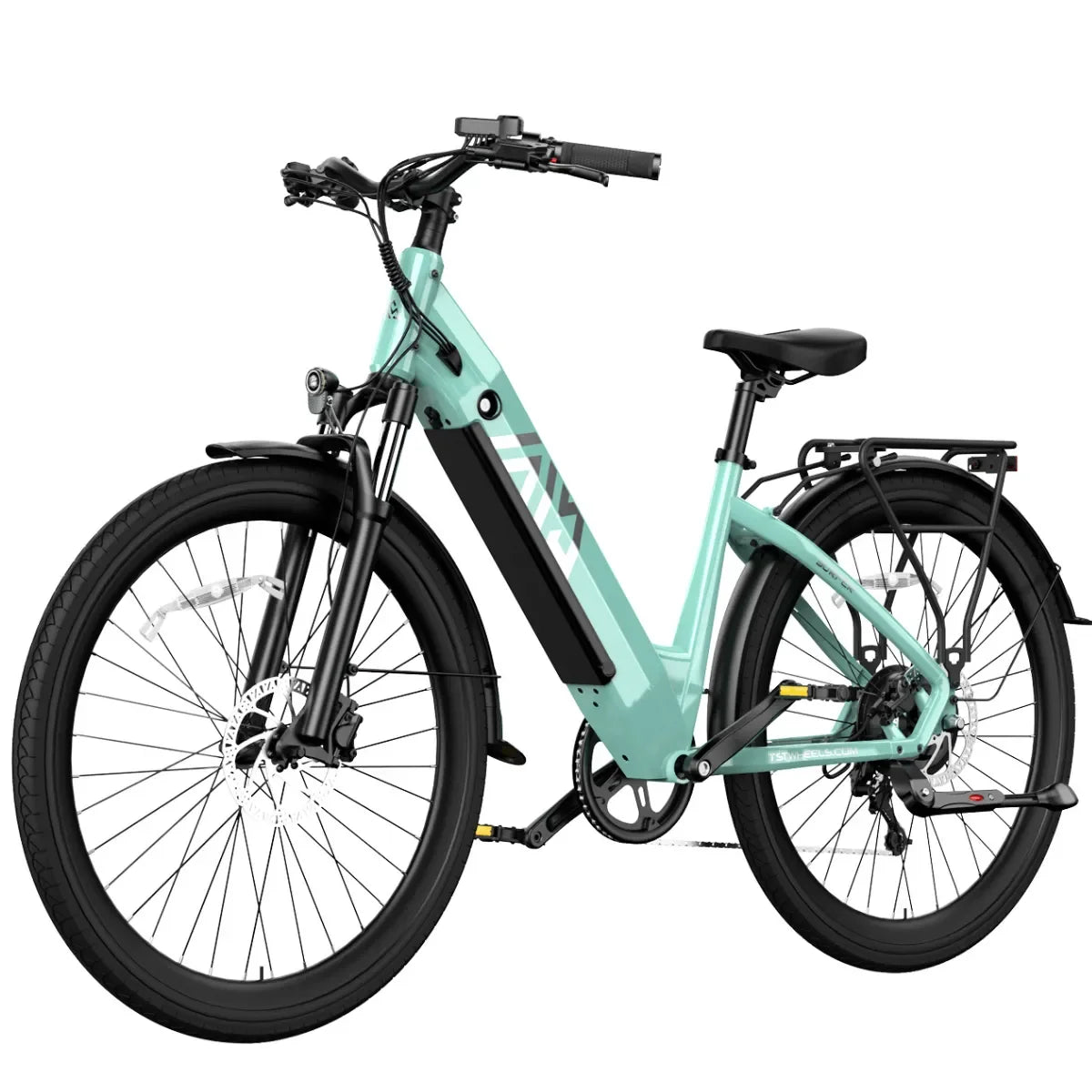
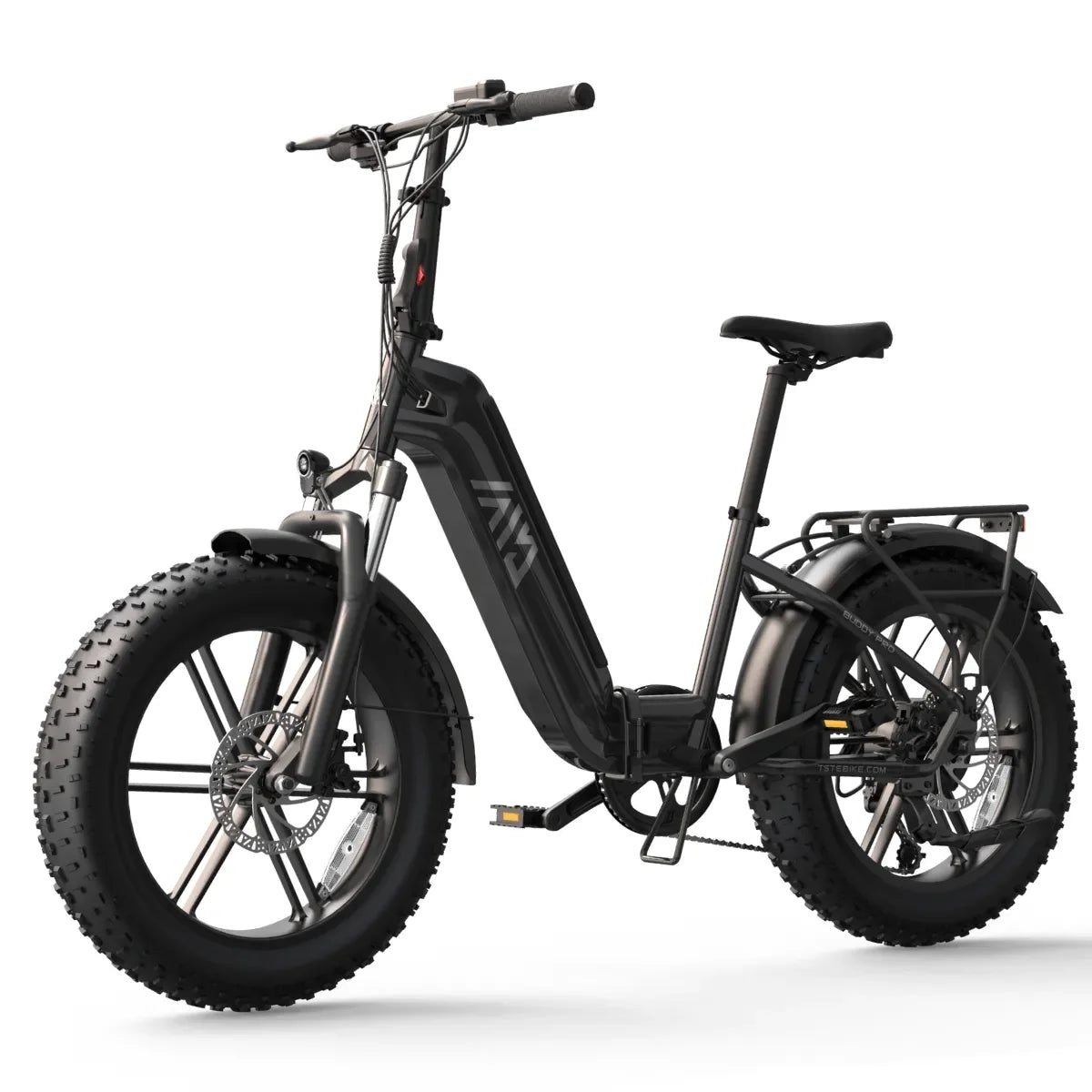
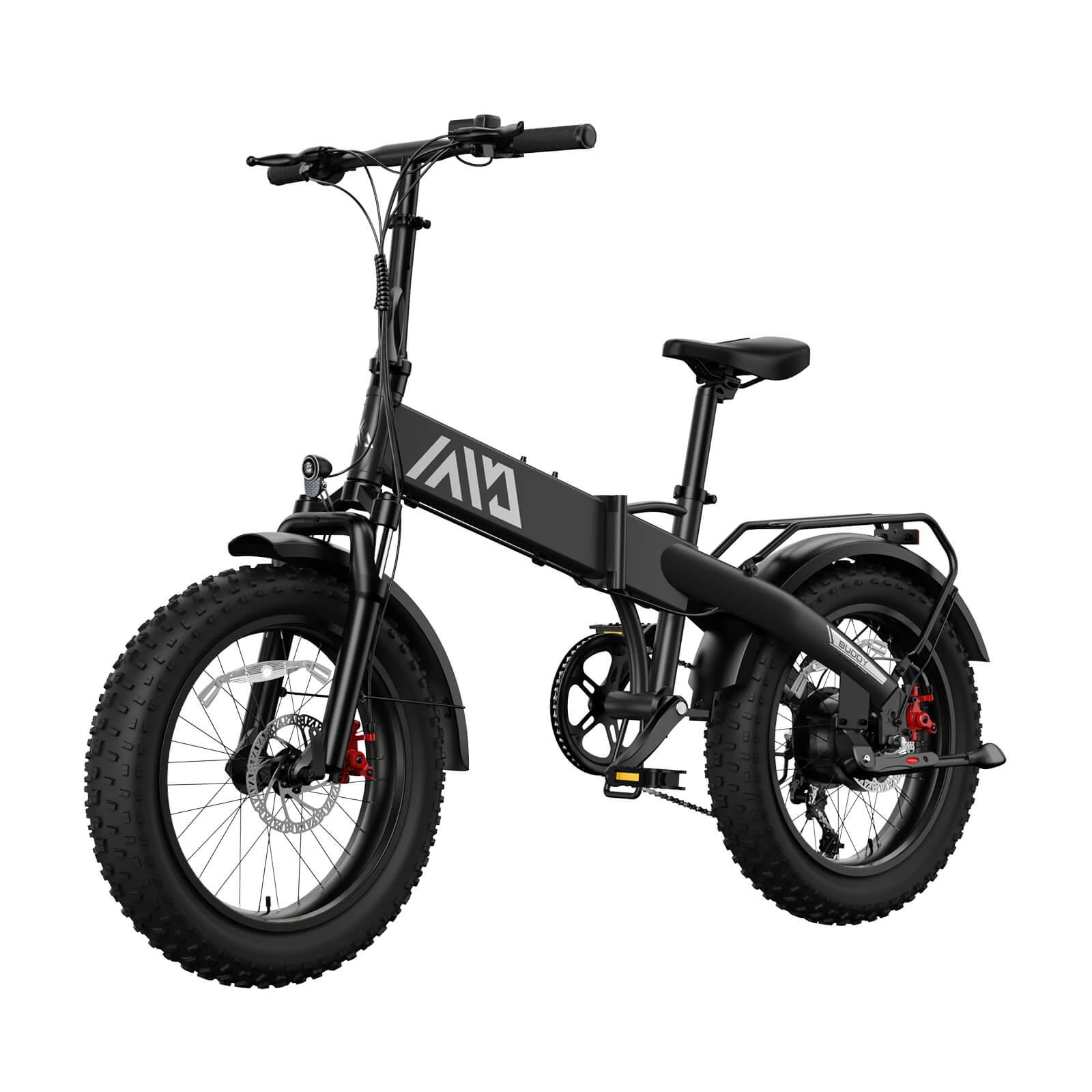
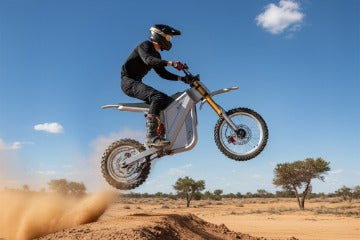
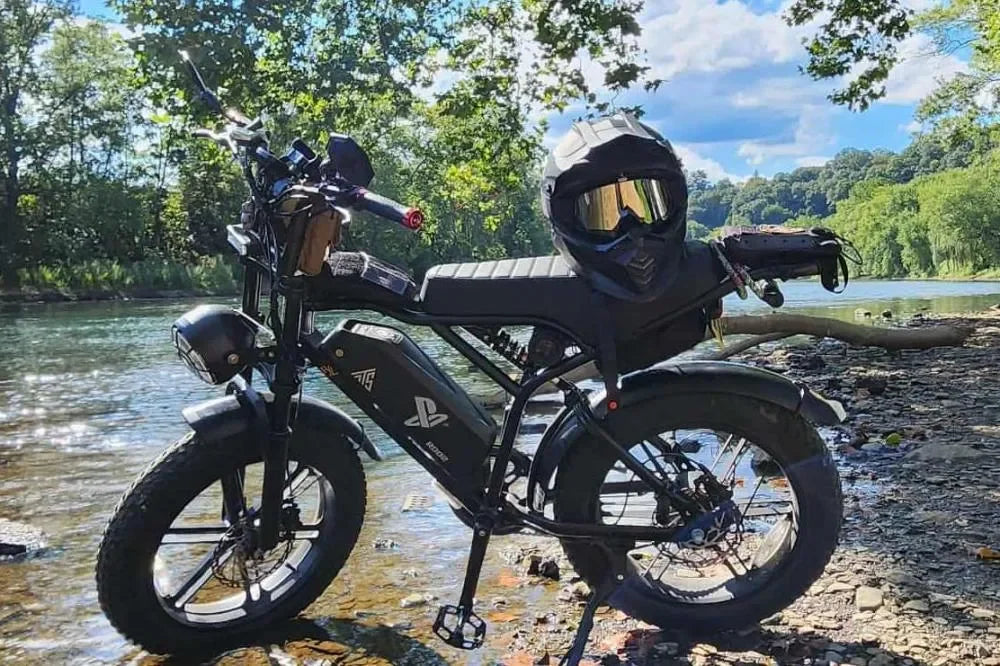
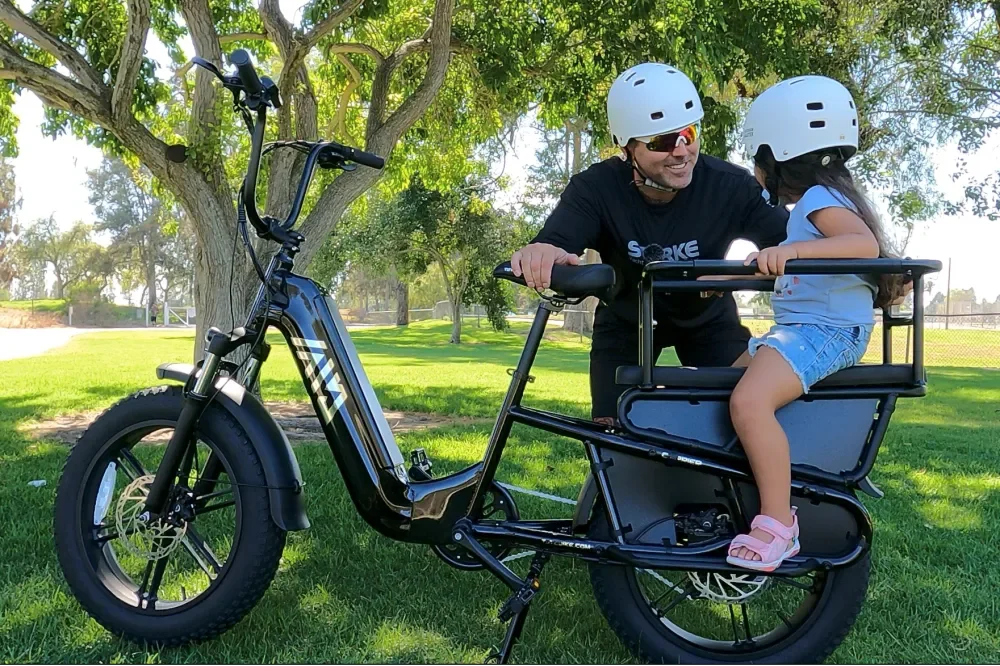
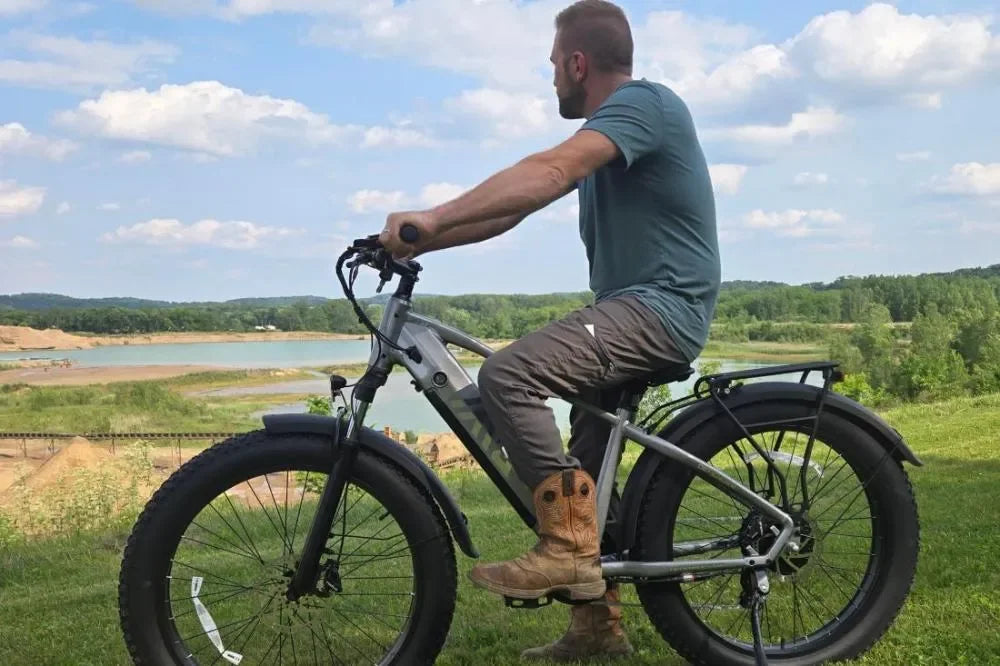
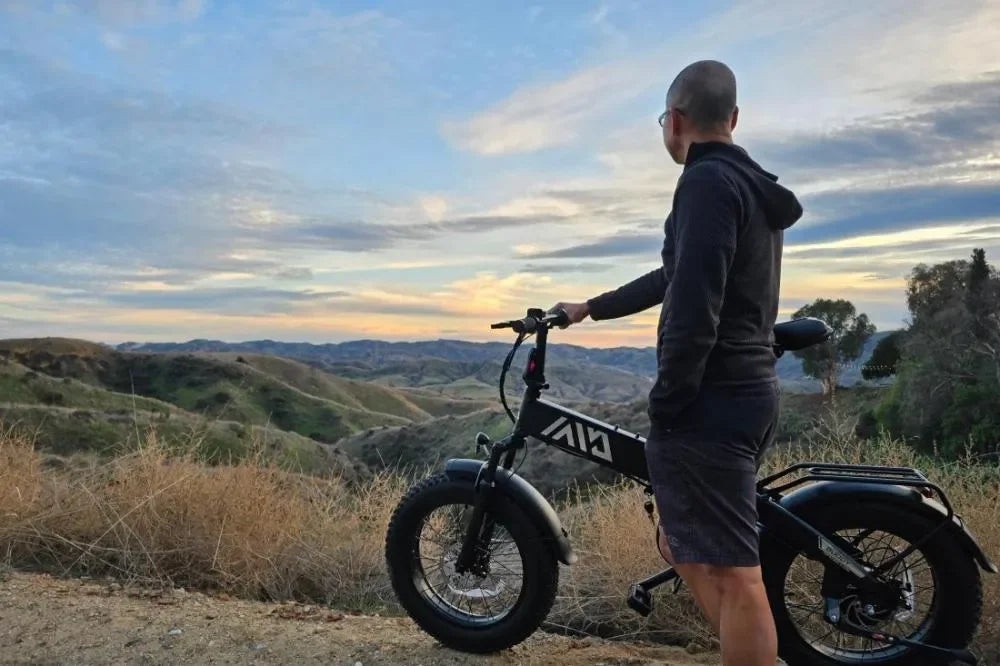
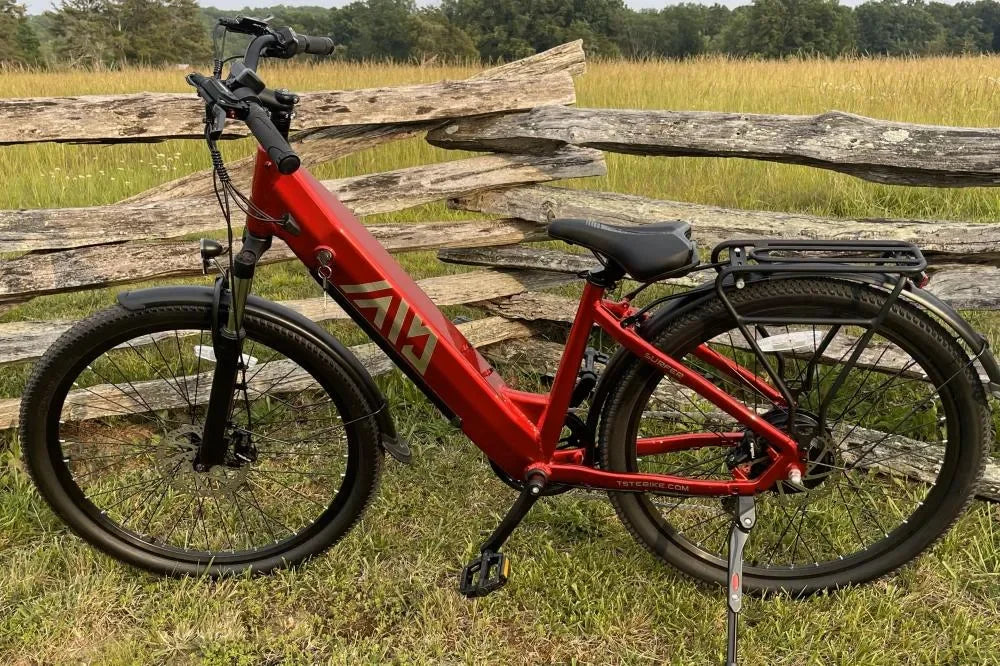
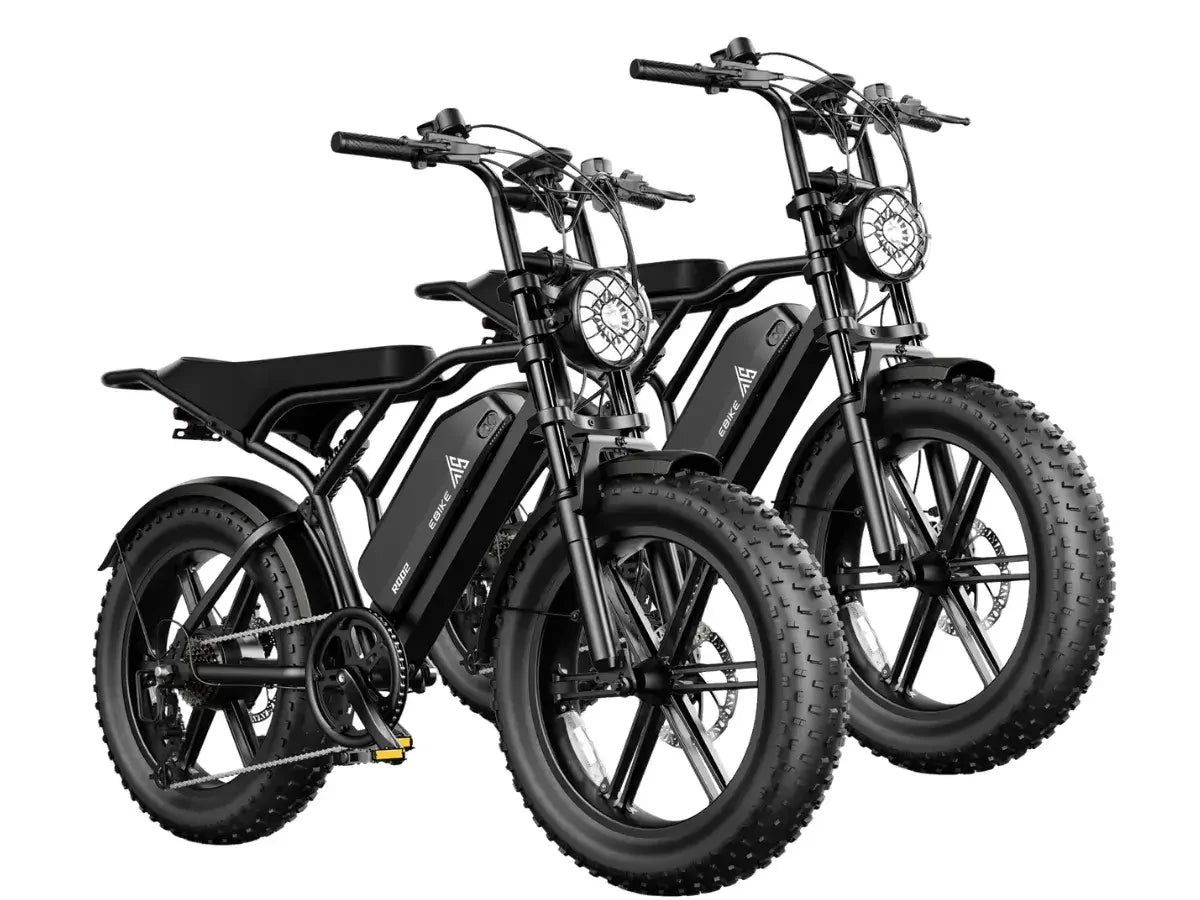
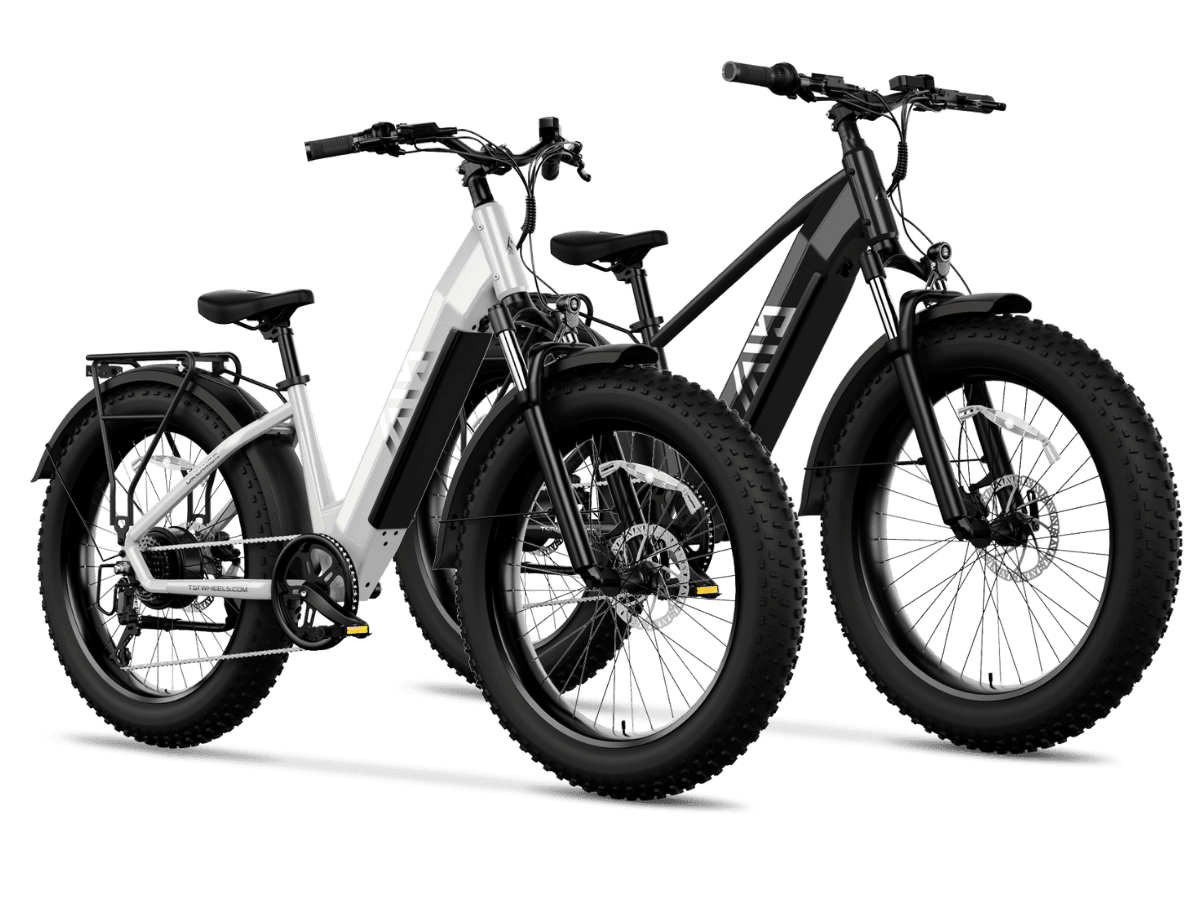
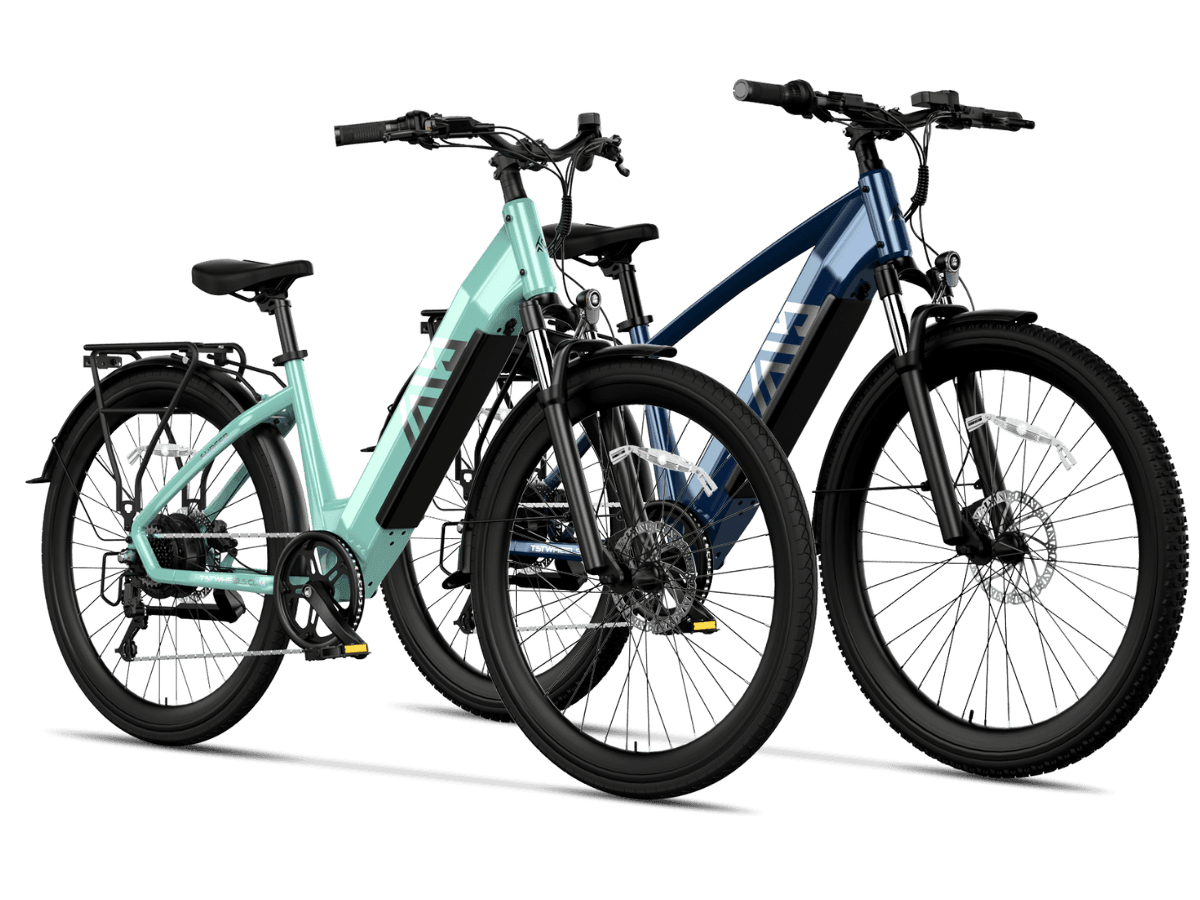
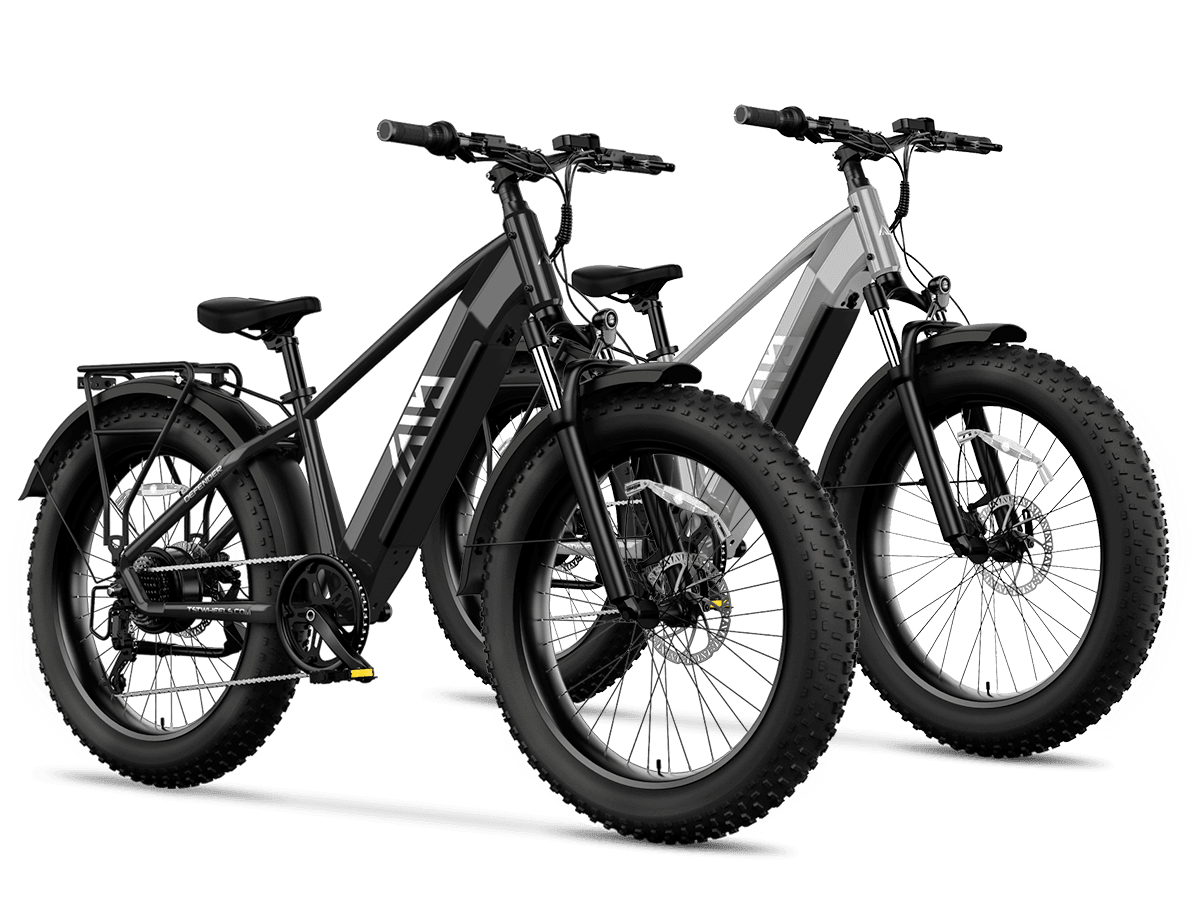
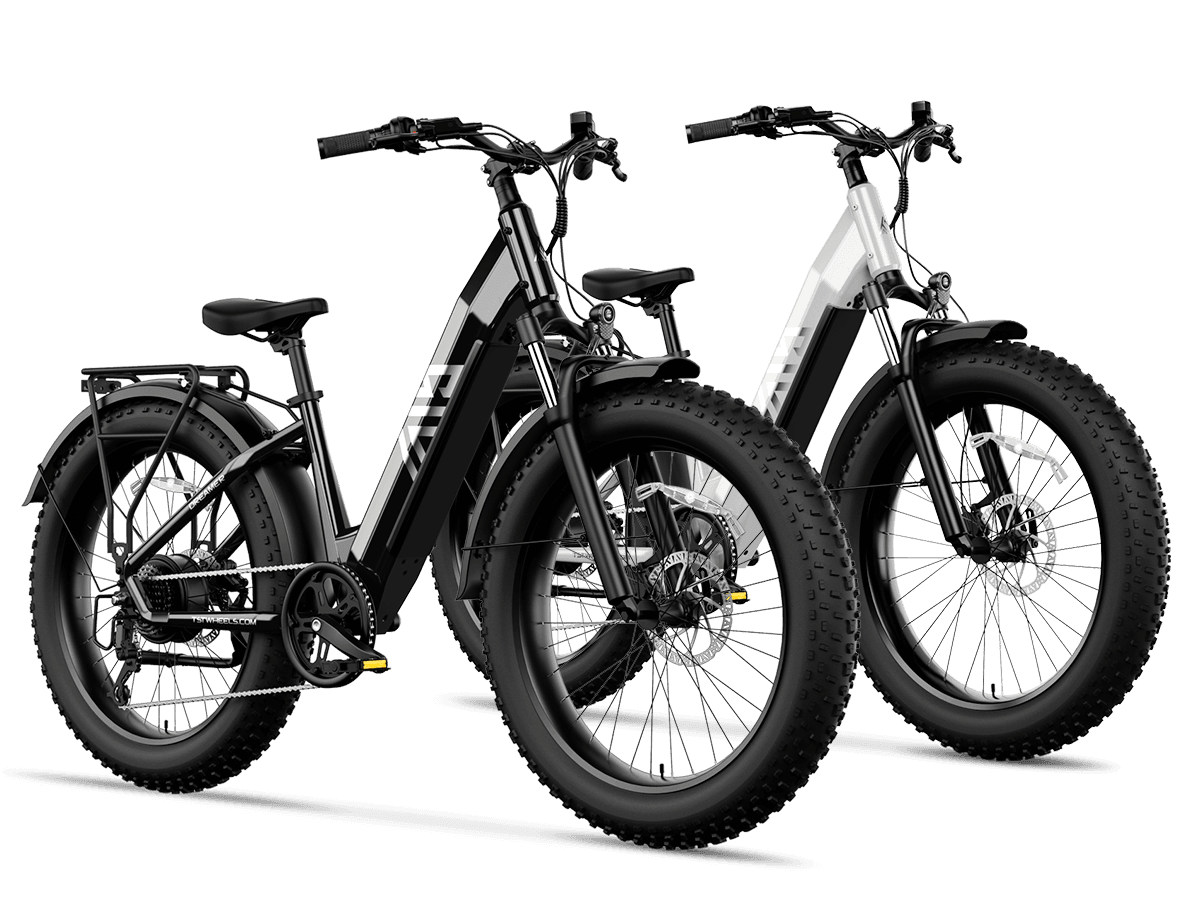
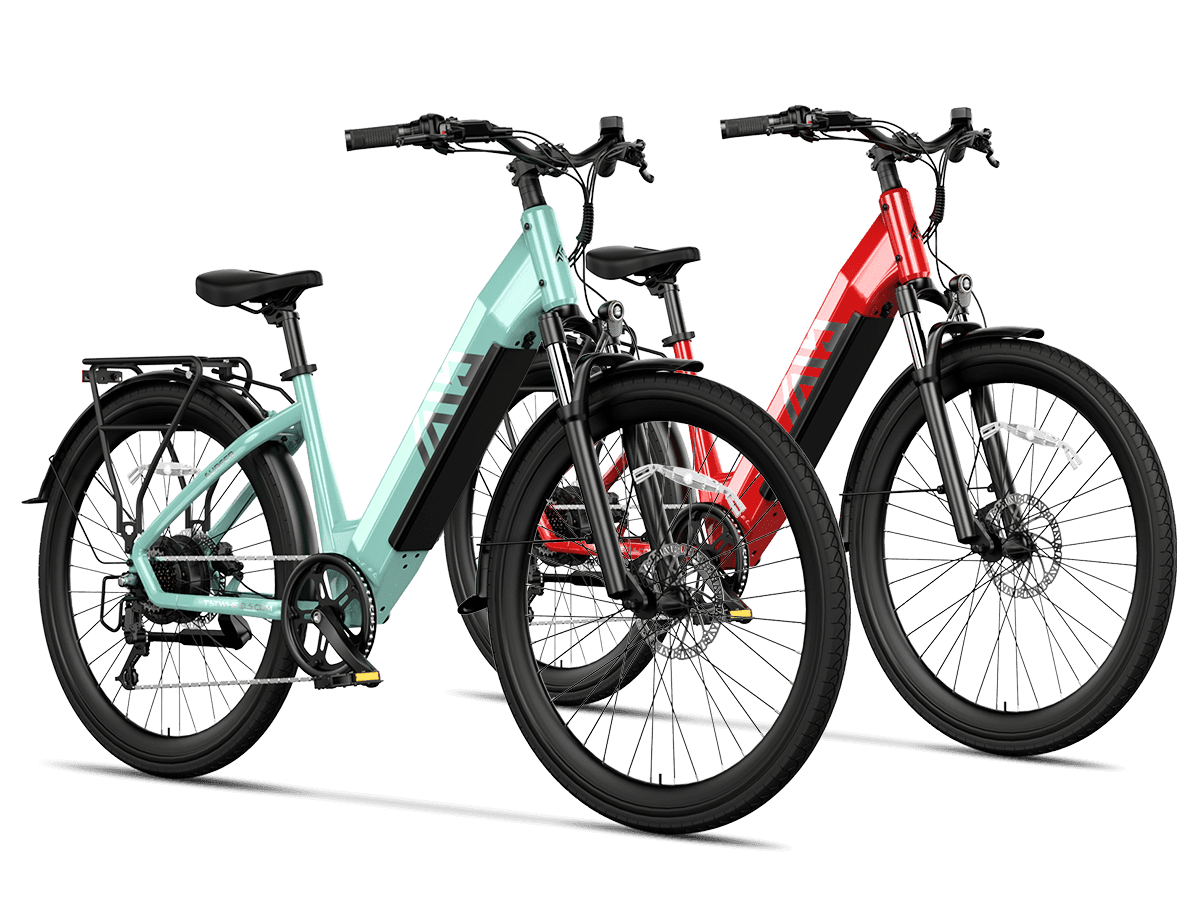
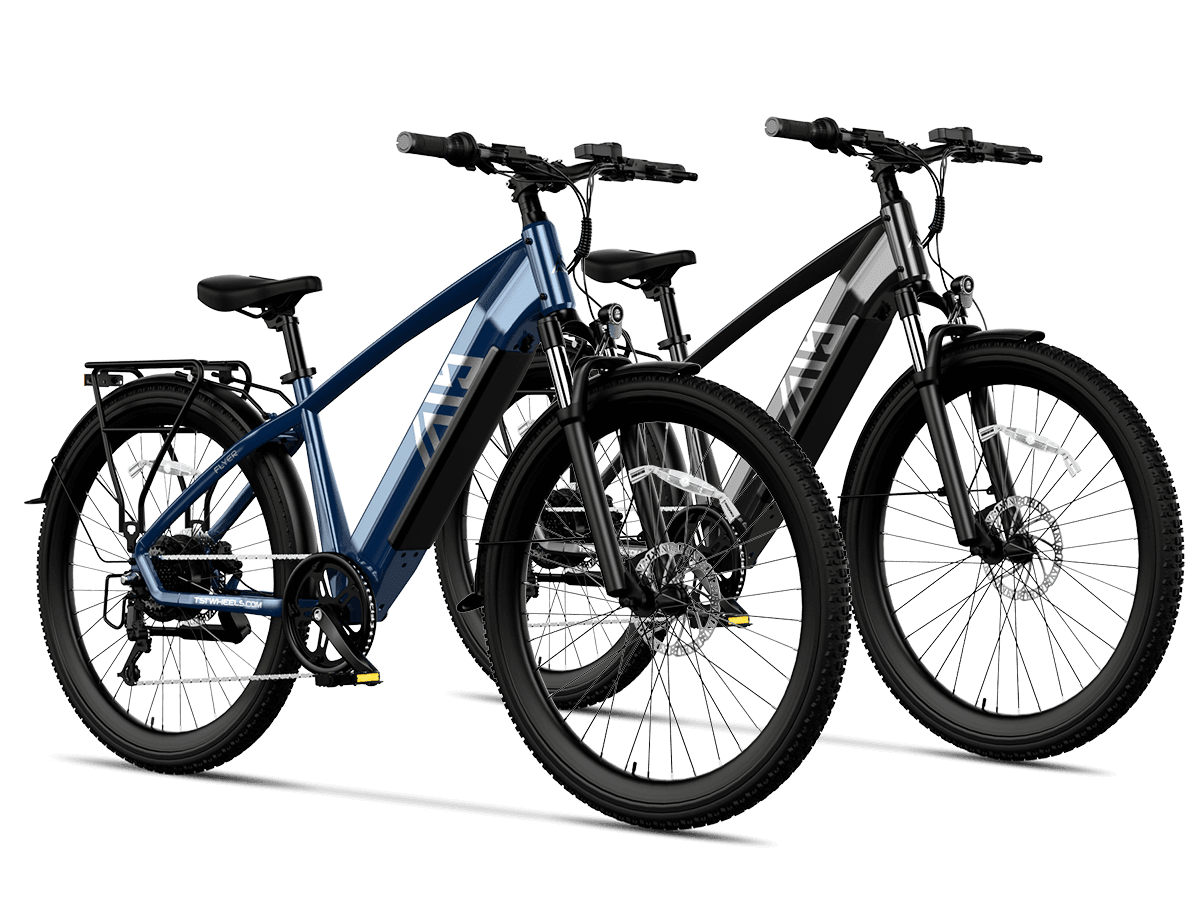
Leave a comment
This site is protected by hCaptcha and the hCaptcha Privacy Policy and Terms of Service apply.